Slanted FlyingJournal of Tai Chi Chuan
Training
Six-Direction Force In Taijiquan
TORSO – Up/Down: This energy balance is addressed by the Microcosmic orbit of energy (facilitated by maintaining the tongue touching the roof of the mouth behind the front teeth). The energy cycle up the back and down the front is reinforced by the instructions to lift the back and to concave the chest, as well as to sink the qi (氣 vital energy) to the lower dantien (丹田 elixir field) and having the spirit lift the crown of the head.
Also related are the instructions to gently lift the pelvic floor as well as the “buttoning” together of the floating ribs. For the head/neck, the lifting of the crown of the head elongates the spine (back of the neck), while the slight tucking of the chin sinks the throat (front of the neck).
TORSO – Forward/Backward: While the cycle of the Microcosmic orbit produces a forward/backward cycle in addition to the up/down mentioned above, forward/backward is also addressed by central equilibrium (中定 zhong ding) and the instruction not to “lean” (the torso can incline forward in some styles, but the energy should stay within the base of support).
Wang Peisheng’s Wu style uses specific acupuncture points (e.g., 夾脊 jiaji, Between Spine, EX along the thoracic vertebrae, and 膻中 danzhong, Chest Center, CV17, respectively) to focus on during movements like ji (挤 press or squeeze) and an (按 push or press) that, in my experience, also tend to balance the backward with the forward energy of these applications.
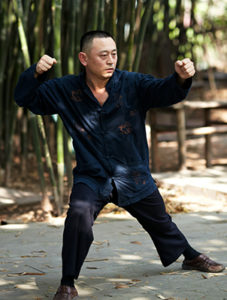 The torso “bow” would expand/lift the back (the yang surface) while condensing/sinking the front (the yin surface) of the body, which would also reinforce the cycle of energy in the Microcosmic orbit.
The torso “bow” would expand/lift the back (the yang surface) while condensing/sinking the front (the yin surface) of the body, which would also reinforce the cycle of energy in the Microcosmic orbit.
TORSO – Right/Left: With the shoulders and hips coordinated, the right/left balance is primarily related to the opening/closing of the hips. If the energy in the pelvic basin is correct, and the kua (胯 inguinal creases) properly open and close, then the right/left energy in the torso can be maintained as long as the shoulders coordinate with the hips.
In some schools, the movements of the kua, and the shifting of the weight, produce a continuous ∞, a sideways figure-eight-like movement of the pelvis.
ARMS – Up/Down: The elbows are said to have sinking energy, but the armpits should not collapse (some mention keeping a small ball under the armpits). This produces a balance between down (or in) for the elbows while the upper arm rises (or expands outward).
ARMS – Forward/Backward: This balance (also comprising in/out and thus could represent the horizontal plane) is produced in a manner similar to embracing a large ball or hugging someone. Your arms are extending or reaching around the ball/person while simultaneously drawing in towards you, while the ball/person provides outward/forward energy.
ARMS – Right/Left: The rounding of the arms (like when embracing a beach ball) also gives a quality of right/left balance. The image of embracing a large ball conveys this balanced dynamic for the arms in a similar way that riding the horse does for the description for the legs. The ball produces the outward energy while holding the ball provides the corresponding inward energy. The arms also should not extend too far out to the sides or too far across the center-line of the torso or else the ability to produce both left and right energy will likely be compromised.
The arm “bows” would act in a manner similar to that described for the leg “bows” although the directions would depend on how the arms are oriented.
SIX-DIRECTION FORCE: In general, trying to achieve the energy of a properly inflated ball will produce all six energies (up/down, forward/backward, right/left), and instructions to receive incoming energy like a ball floating on water helps to maintain the balance of energy in all six directions. This image is simpler to keep in mind than the numerous individual details mentioned above.
For example, when the ball is being pushed down into the water, it “yields” into the water, and the buoyancy from the water “resists” being pushed down, thus having both up and down energy simultaneously. The ball can compress in any direction, and can rebound to any direction; it is free to rotate in any direction, without losing the ability to change and rotate in any other direction.
The ball will rotate and/or compress when contacted, automatically producing the cycle of one side of the ball moving away from the point of contact while the other side moves towards the point of contact (generating yin + yang at the point of contact). Although it is passive, the ball maintains the potential to rotate in any direction due to the air inside creating six-direction force.
We are not simple passive balls, so we need to mentally create the quality of six-directions, and we want to have an active “engine” that powers any rotation (as well as compressing and expanding). Instead of a passive rotation, we would want an active push/pull (absorb/project) anywhere we desire, throughout our bodies. On a large scale, this would be the sphere that encompasses our entire body and is centered at the lower dantien. But this large sphere encompasses numerous other spheres, including the other joints of the body, each of which could be considered as a ball (or “pearl”).
Interaction with an opponent/partner also reveals an infinite number of additional spheres of any size. For example, if someone touches you on the forearm near the wrist, a different sphere would be used (with a distinct center) than if they touched you on the forearm near the elbow. Any point of contact can produce its own sphere(s) and center(s). This produces multiple spheres simultaneously since the smaller sphere that the forearm in the description above has, for example, would simultaneously still have the large full body-encompassing sphere as well.
Another image that can simplify implementing the six-direction force is to practice as if moving through molasses. With the molasses pushing gently against your body, from every direction, and gently resisting every movement that you make, your body will need to be able to express force in all directions simultaneously, even when certain directions of movement are emphasized.
Maintaining six-direction energy allows practitioners to change in any direction in response to the changing conditions encountered in interactive Taijiquan practice or application.



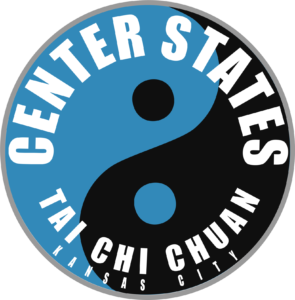
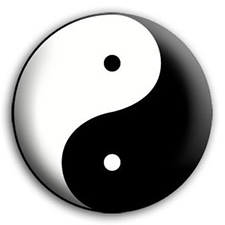
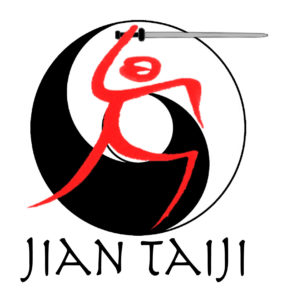
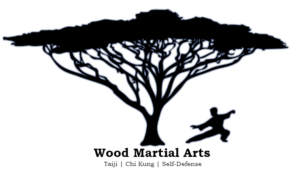







Very nicely put, and exactly what I’ve been trying to make my students aware of!